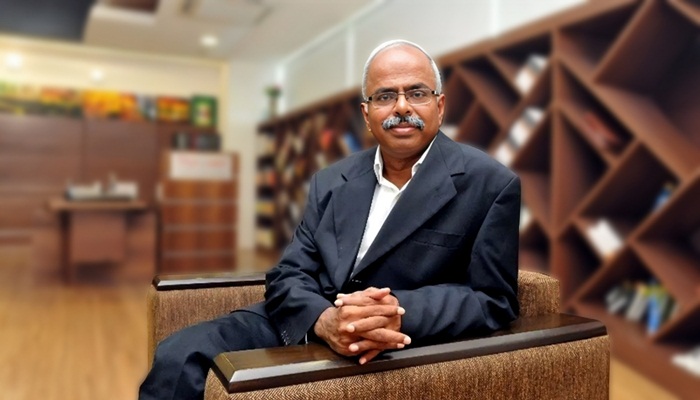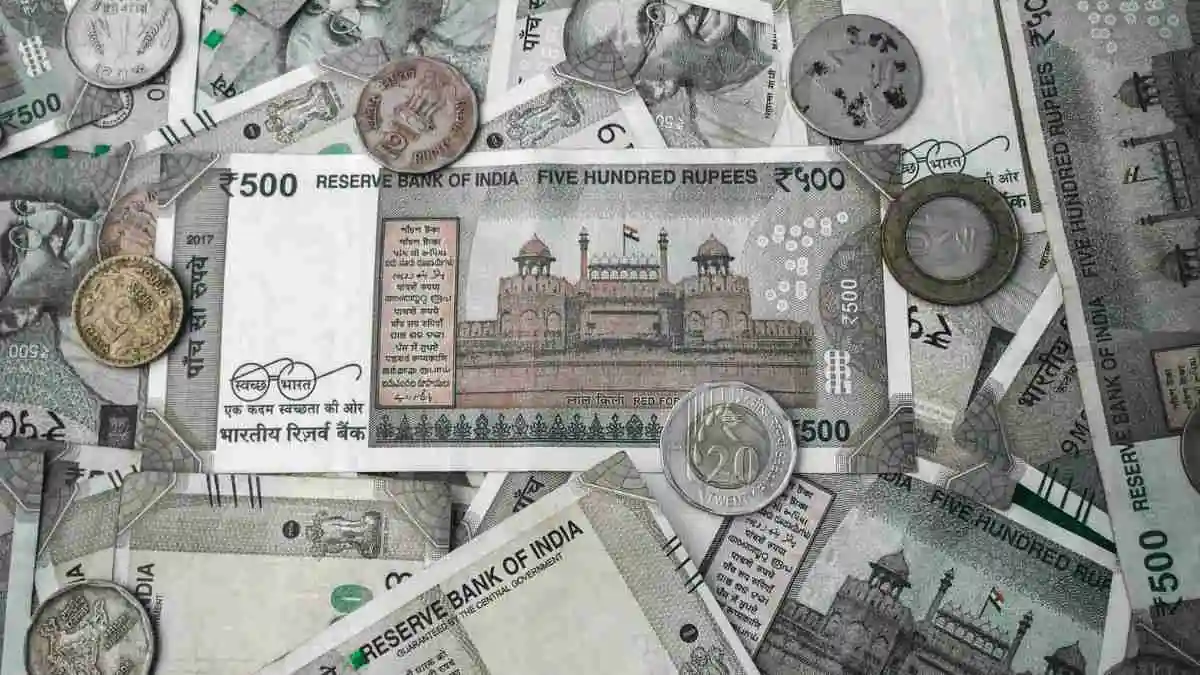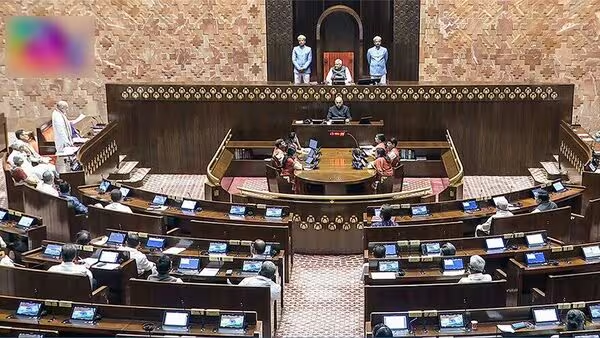According to the International Monetary Fund (IMF), India ranks as the third-largest economy in the world based on Purchasing Power Parity (PPP). PPP is a measure that accounts for exchange rate differences to compare the cost of living in various regions. For instance, if a burger costs Rs 100 in India and $20 in the USA, the PPP ratio would be 5 (100/20). This means that for every dollar spent in the USA, one would need to spend Rs 5 in India.
Talking about Purchasing Power Parity, CA Nitin Kaushik noted that in India, earning Rs 23 lakh may seem average until you consider that your US counterpart needs Rs 79 lakh to maintain a similar standard of living. This significant difference in purchasing power is due to Purchasing Power Parity (PPP).
Putting things into perspective:
> The cost of a meal at a restaurant is Rs 300 in India compared to Rs 1,700 in the US.
> Rent for a comparable space is Rs 50,000 in India versus Rs 1.6 lakh in the US.
> Internet costs Rs 700 in India and Rs 6,000 in the US.
“Earning ₹23L in India feels “mid” until you realize your US counterpart needs ₹79L to maintain the same lifestyle. Why? Purchasing Power Parity (PPP)! 💰
Here’s the reality check:
🍽️ Meal at a restaurant – ₹300 (India) vs ₹1,700 (US)
🏡 Rent – ₹50,000 (India) vs ₹1.6L (US)
🌐 Internet – ₹700 (India) vs ₹6,000 (US)
And let’s talk about services—having a driver or house help in India? Normal. Abroad? Luxury.
So next time someone flexes their salary in $$, do the real math,” Kaushik wrote this in a post on X.
Purchasing Power Parity
PPP is commonly utilised by institutions such as the IMF and World Bank for cross-country comparisons of actual living standards and economic output. With its substantial population and relatively lower cost of living, India holds the third largest GDP (PPP) globally, following China and the US.
Based on IMF data, India’s per capita income has experienced a faster growth rate compared to the US. This has subsequently led to a quicker increase in the purchasing power of individuals in India.
Despite this, the per capita PPP reveals a considerable disparity, indicating that India still has room for improvement in terms of individual income levels. Due to the lower prices of goods and services in India, Rs 100 in the country can purchase considerably more than its equivalent in US dollars.
Big Mac Index
In the 1980s, economists introduced the “Big Mac Index” as a method to compare affordability across various countries and currencies. The reasoning behind this index was that the widespread presence of McDonald’s Big Mac made it a suitable standard for assessing the cost of a meal on a global scale.
Based on the most recent Big Mac Index data, a Big Mac in India is priced at Rs 299, while in the US it costs USD 5.58 (equivalent to Rs 475). The price difference is narrower compared to expenses like rent, groceries, transportation, education, and internet data, where the differentials are around 10:1. Overall, the Purchasing Power Parity (PPP) disparity between the US and India exceeds 3:1.
Until recently, the International Monetary Fund (IMF) used a multiplier of 2.9 to adjust India’s per capita income by PPP against the US dollar. For China, the multiplier was 1.9.
India’s per capita income of nearly $3,000, based on current exchange rates, increased to approximately $9,000 by PPP calculations. Due to the depreciation of the Indian Rupee, the IMF’s multiplication factor has been adjusted, resulting in India’s per capita income exceeding $11,000. According to the IMF, China’s per capita income is $12,604 at exchange rates, while its PPP per capita income stands at $24,380.






















